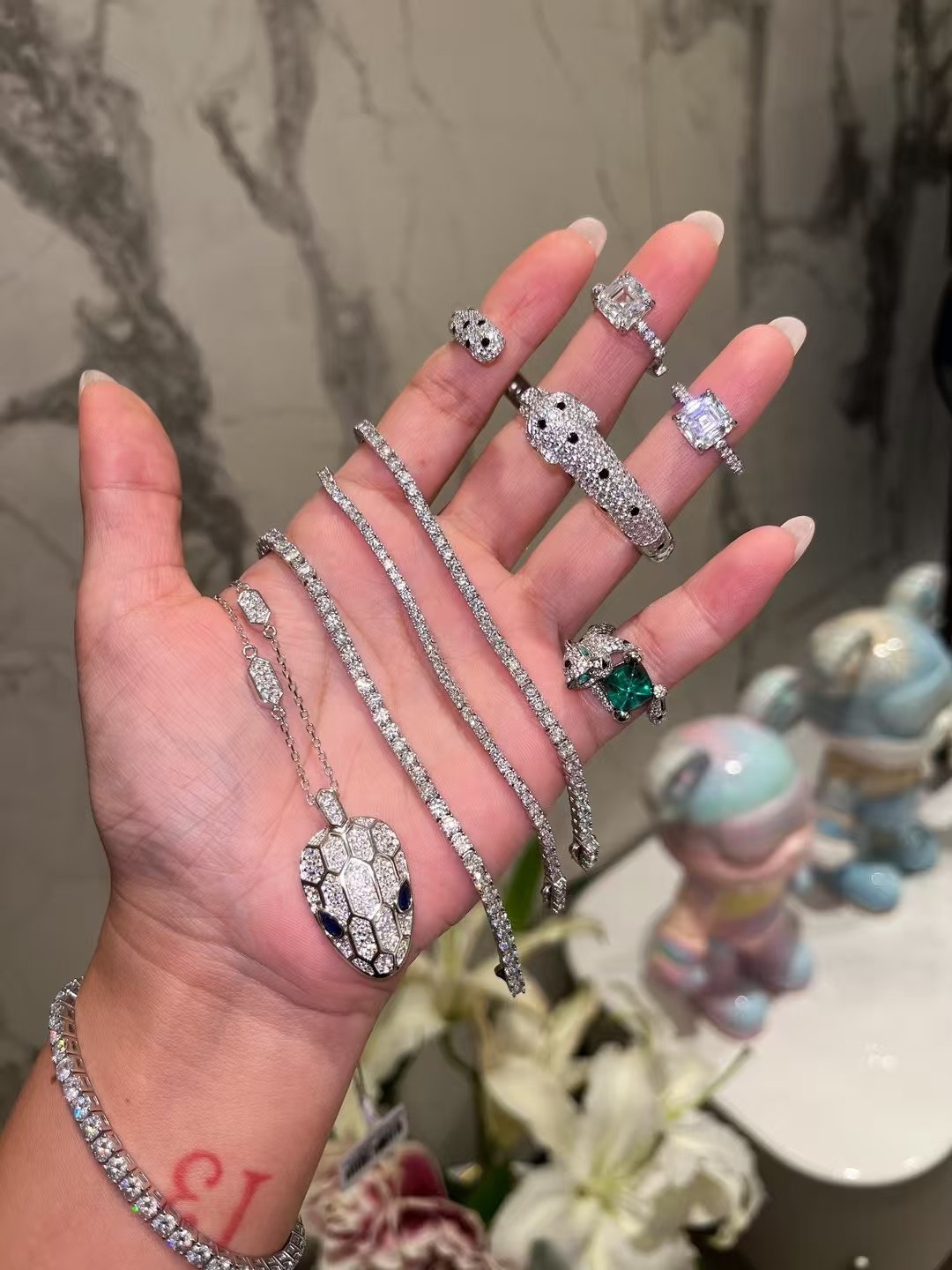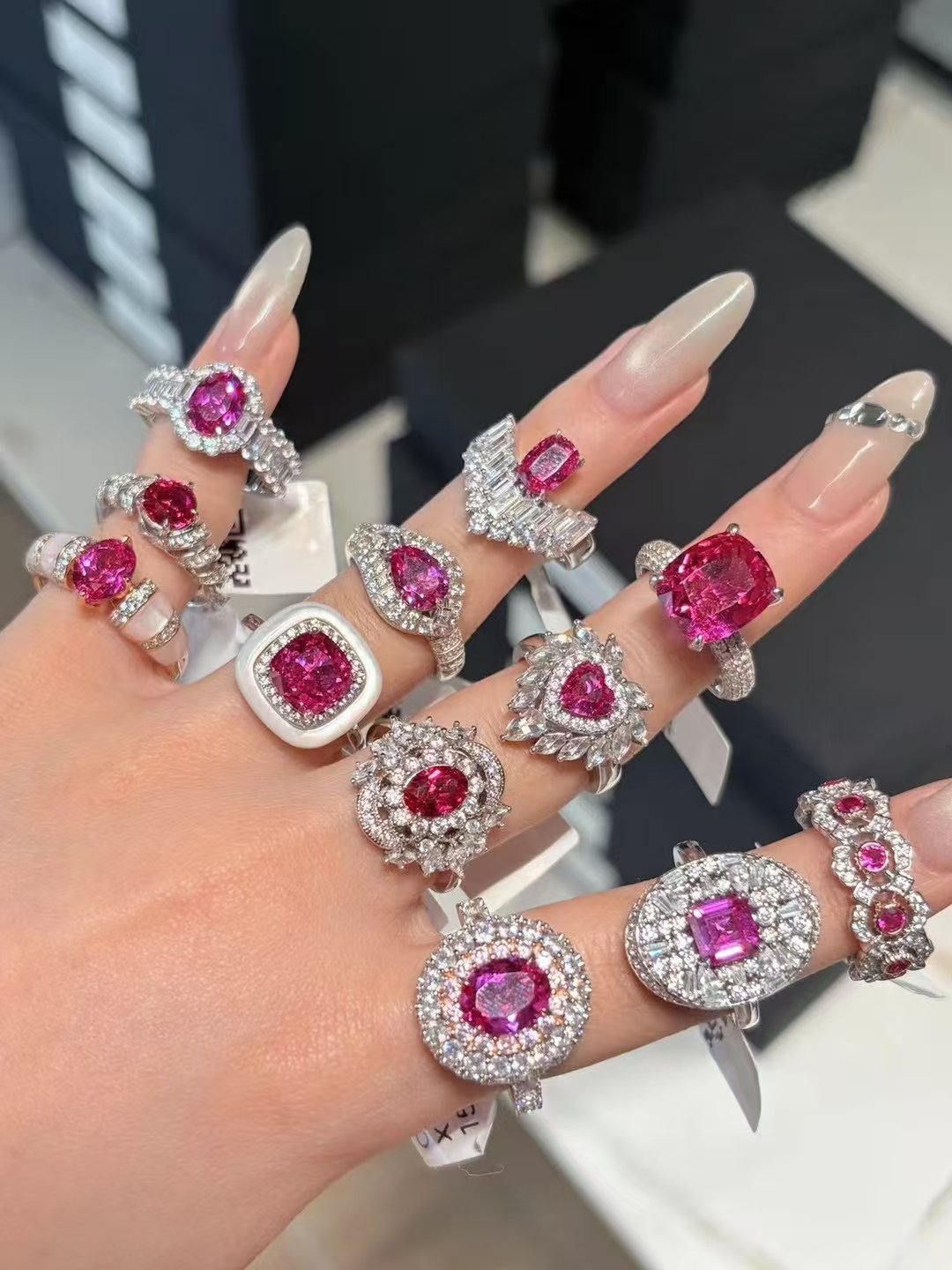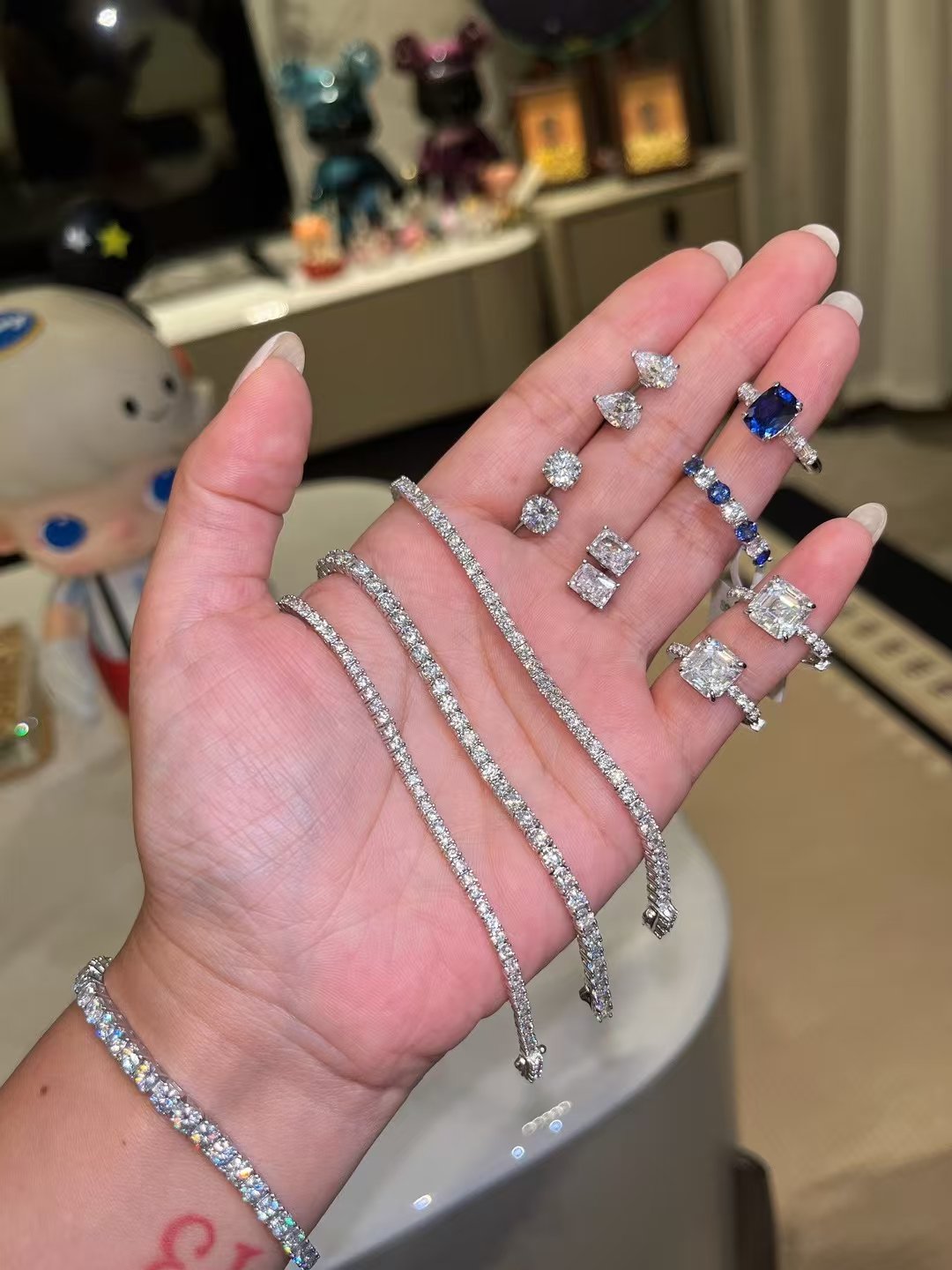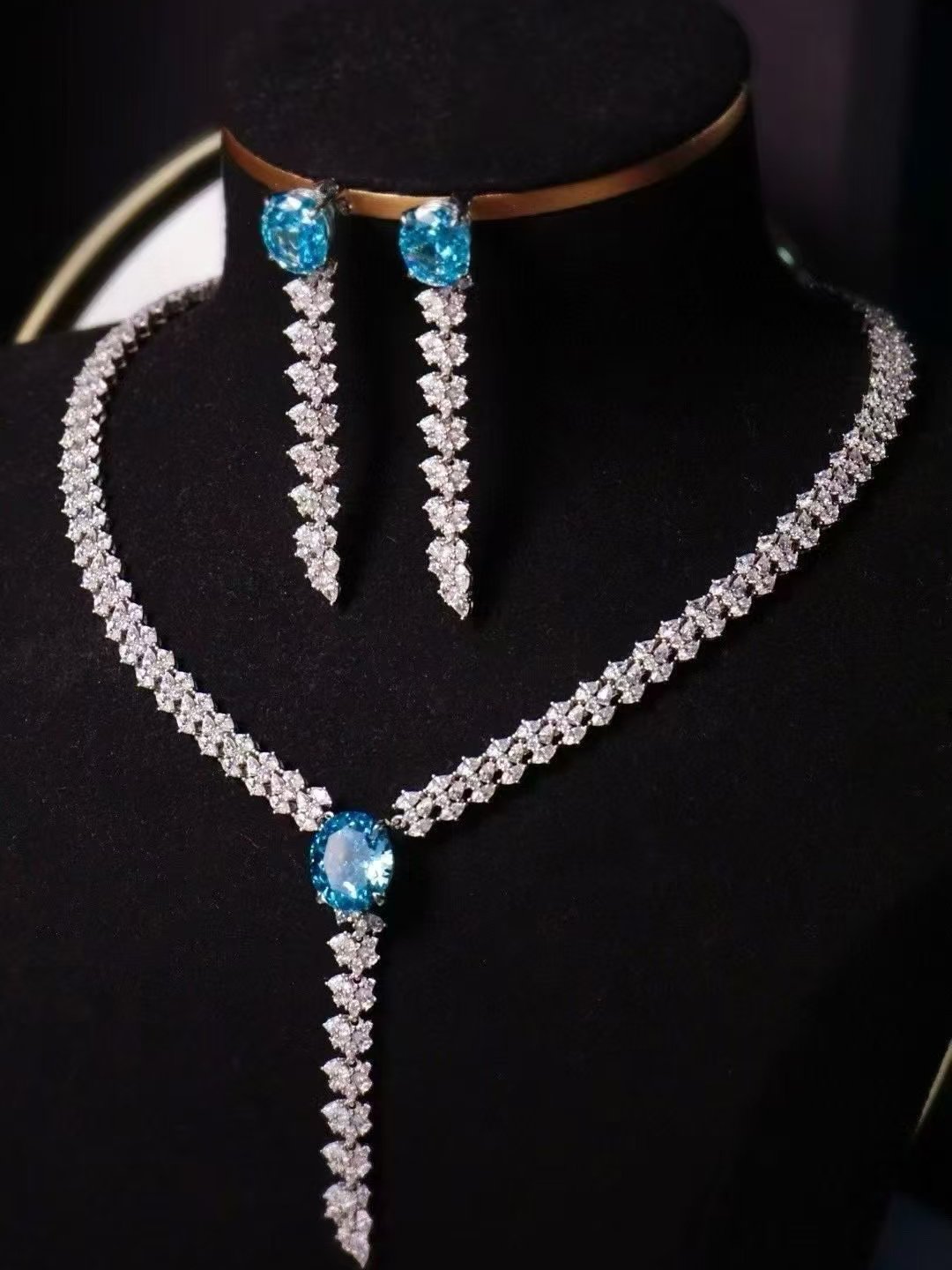Jewelry for Every Generation: The Enduring Appeal of Silver
Jewelry has served as a form of self-expression, art, and cultural significance for centuries. Among the myriad of materials available, silver stands out as a timeless choice that appeals to generations young and old. Its versatility, beauty, and cultural significance make silver jewelry a staple in collections across the globe.
The Timeless Allure of Silver
Versatility in Design
Silver’s malleability allows artisans to craft a wide range of designs, from intricate filigree to bold, contemporary pieces. Whether it’s a simple silver chain necklace, a statement cuff bracelet, or finely detailed earrings, the adaptability of silver means there’s something for every style. For younger generations, silver jewelry often embodies the spirit of personalization—pieces can easily be crafted or modified to suit individual tastes, allowing for unique expressions of identity.
Affordability Meets Elegance
While gold may carry a higher price tag and the allure of luxury, silver offers an accessible alternative without compromising on elegance. This affordability allows individuals from various socio-economic backgrounds to enjoy quality jewelry. College students and young professionals often turn to silver for engagement rings, charm bracelets, and everyday wear as they balance budgets while still seeking stylish options.
Cultural Significance Through the Ages
Historical Roots
Silver has been valued since ancient civilizations. It was considered a symbol of wealth and status, often used in religious artifacts and royal regalia. The biblical figure King Solomon was said to have amassed a fortune in silver, while the Greeks and Romans crafted coins that bore the precious metal. This rich history imbues silver jewelry with a sense of timelessness and heritage—a quality that appeals to those wishing to connect with their roots.
Traditions and Symbolism
Different cultures worldwide have embraced silver jewelry for its symbolism. In Mexico, for example, sterling silver is intricately connected to the country’s identity, featuring prominently in traditional crafts and artisan markets. In India, silver is often associated with auspicious beginnings and is a popular choice for weddings and festivals, passed down through generations as family heirlooms. This deep-rooted significance ensures that silver jewelry transcends mere fashion, acting as a vessel for memories and cultural heritage.
Modern Trends
Sustainability and Ethical Sourcing
As younger generations increasingly prioritize sustainability and ethical sourcing, the jewelry industry has responded by focusing on eco-friendly practices. Many contemporary jewelers use recycled silver, reducing the environmental impact of mining while still offering beautifully crafted pieces. This transition aligns with the values of environmentally conscious consumers who seek jewelry that not only looks good but also does good.
Personalized Jewelry
The trend toward personalized jewelry has gained momentum, with silver often serving as the canvas for unique, customized pieces. From name necklaces to engraved rings, silver allows individuals to mark significant life events, celebrate loved ones, or commemorate personal achievements. In a world where individuality is increasingly emphasized, silver jewelry provides a means for personal storytelling.
The Future of Silver Jewelry
As we move forward, the unwavering appeal of silver as a jewelry choice shows no signs of fading. Its rich history, wide-ranging styles, affordability, and ethical sourcing align perfectly with the values of current and future generations. Moreover, as fashion continues to evolve, silver remains a staple that can be reimagined in countless ways.
Cross-Generational Appeal
From grandparents who treasured their silver bangles to teenagers flaunting modern silver rings, this precious metal appeals to all ages. Its ability to blend tradition with contemporary style ensures that silver jewelry continues to be a cherished item across generations. As parents pass down their silver pieces, they offer a tangible connection to the past, evoking stories, traditions, and emotional bonds that last a lifetime.
Conclusion
Silver jewelry is not merely an accessory; it is a representation of cultural heritage, personal identity, and timeless beauty. As it adapts to the trends of every generation, this enduring material will continue to captivate hearts, making it a beloved choice for years to come. Ultimately, silver stands as a testament to the fact that great things never go out of style, proving that its shine is indeed everlasting.









